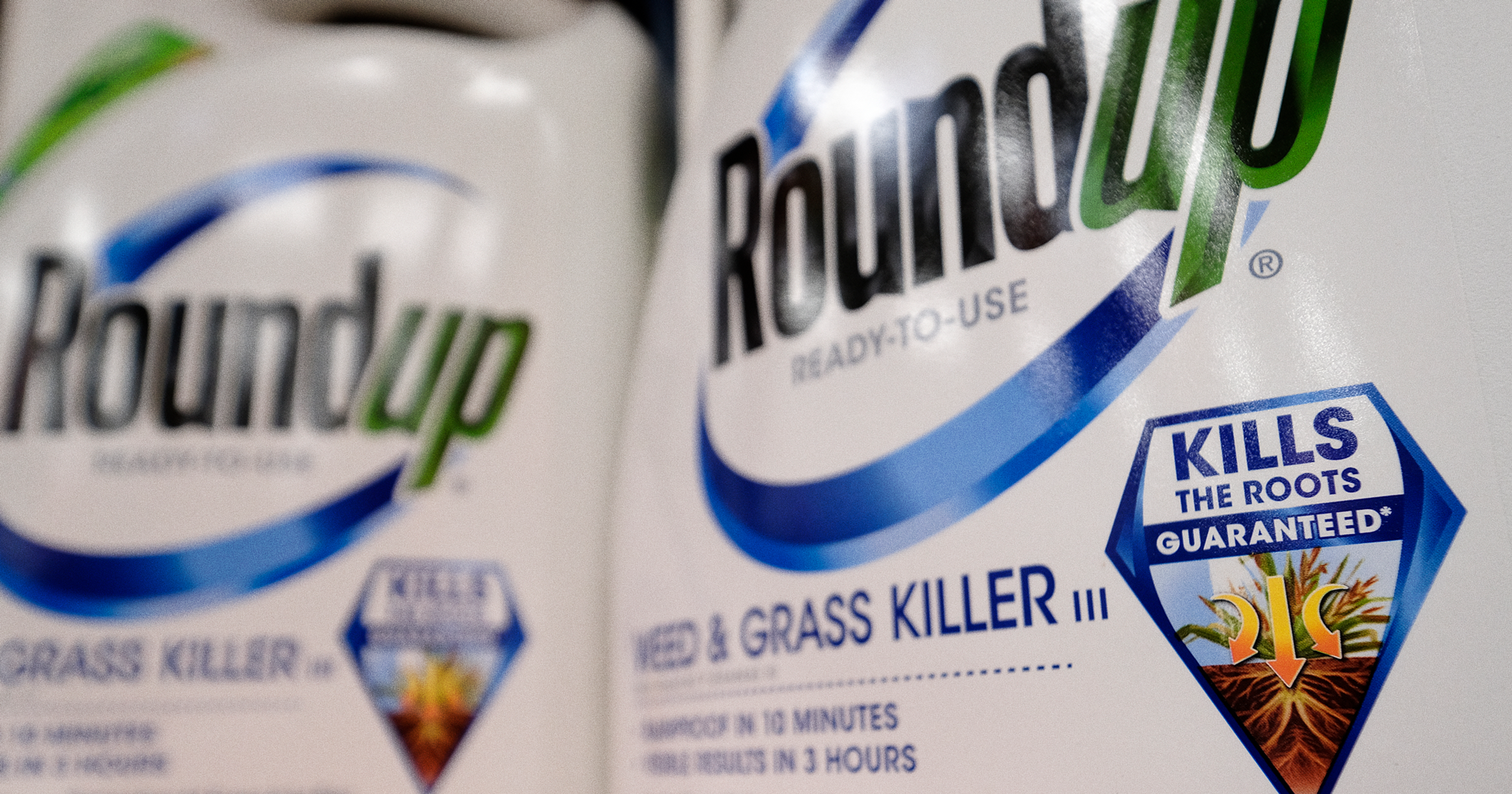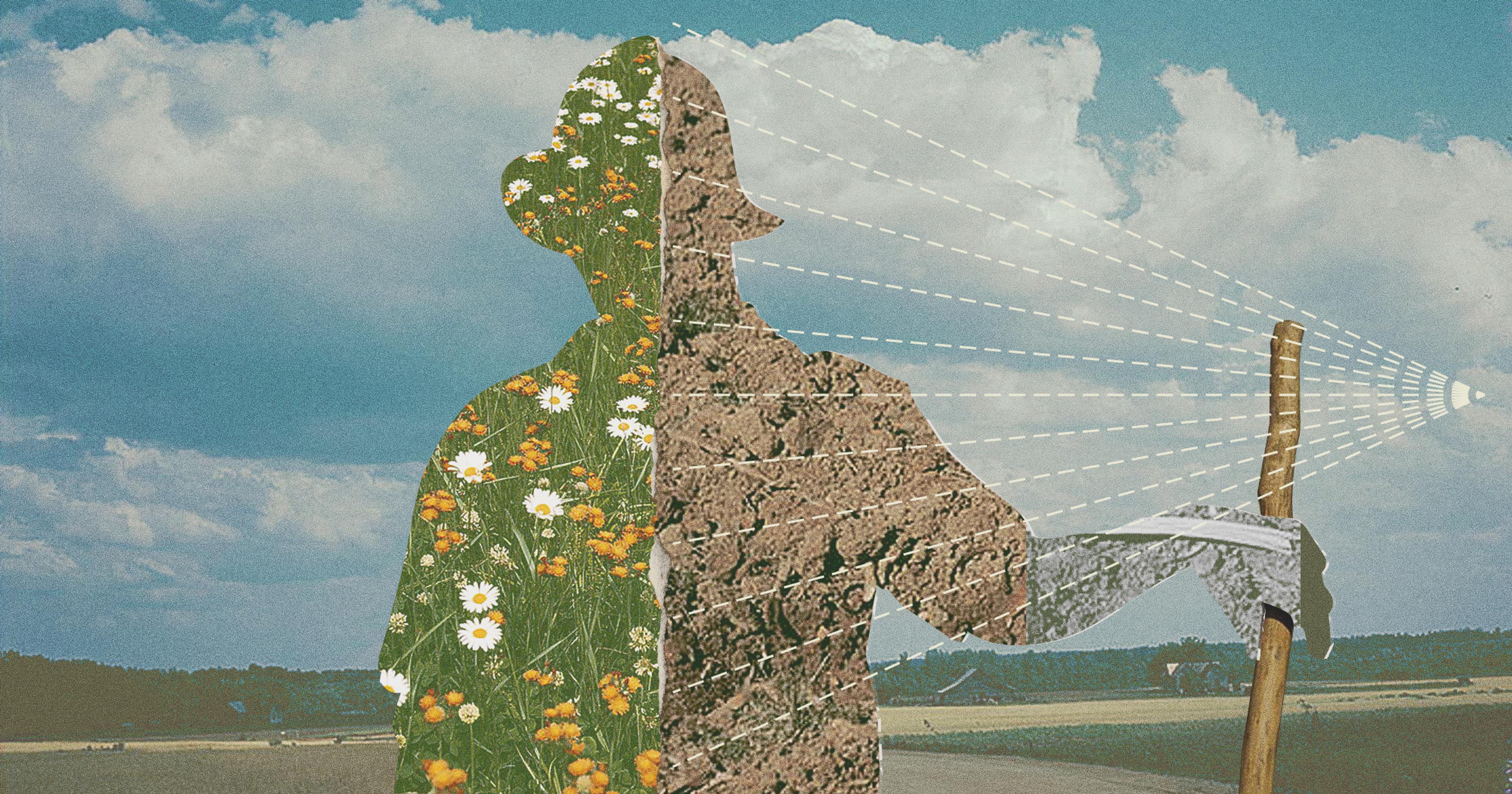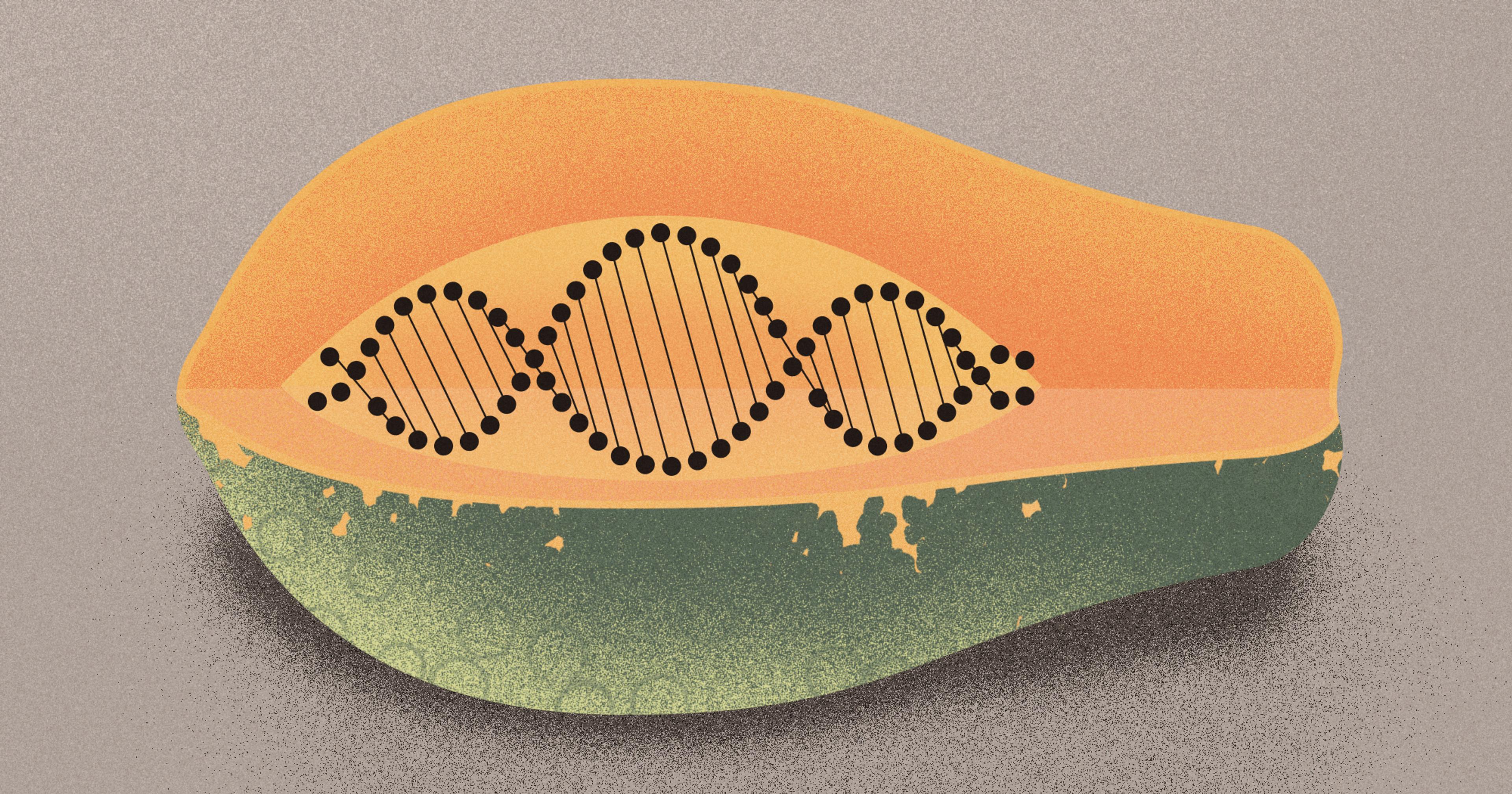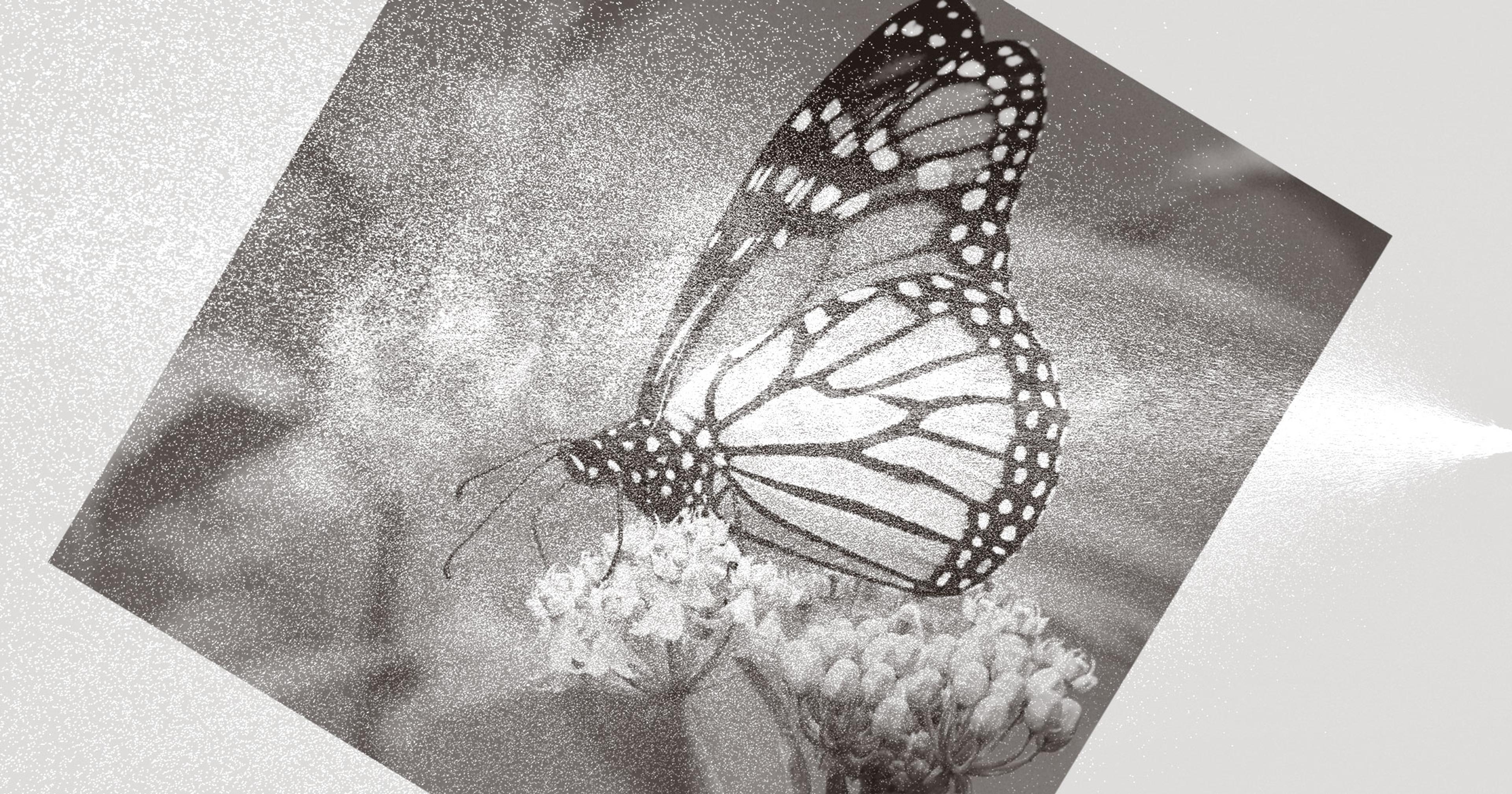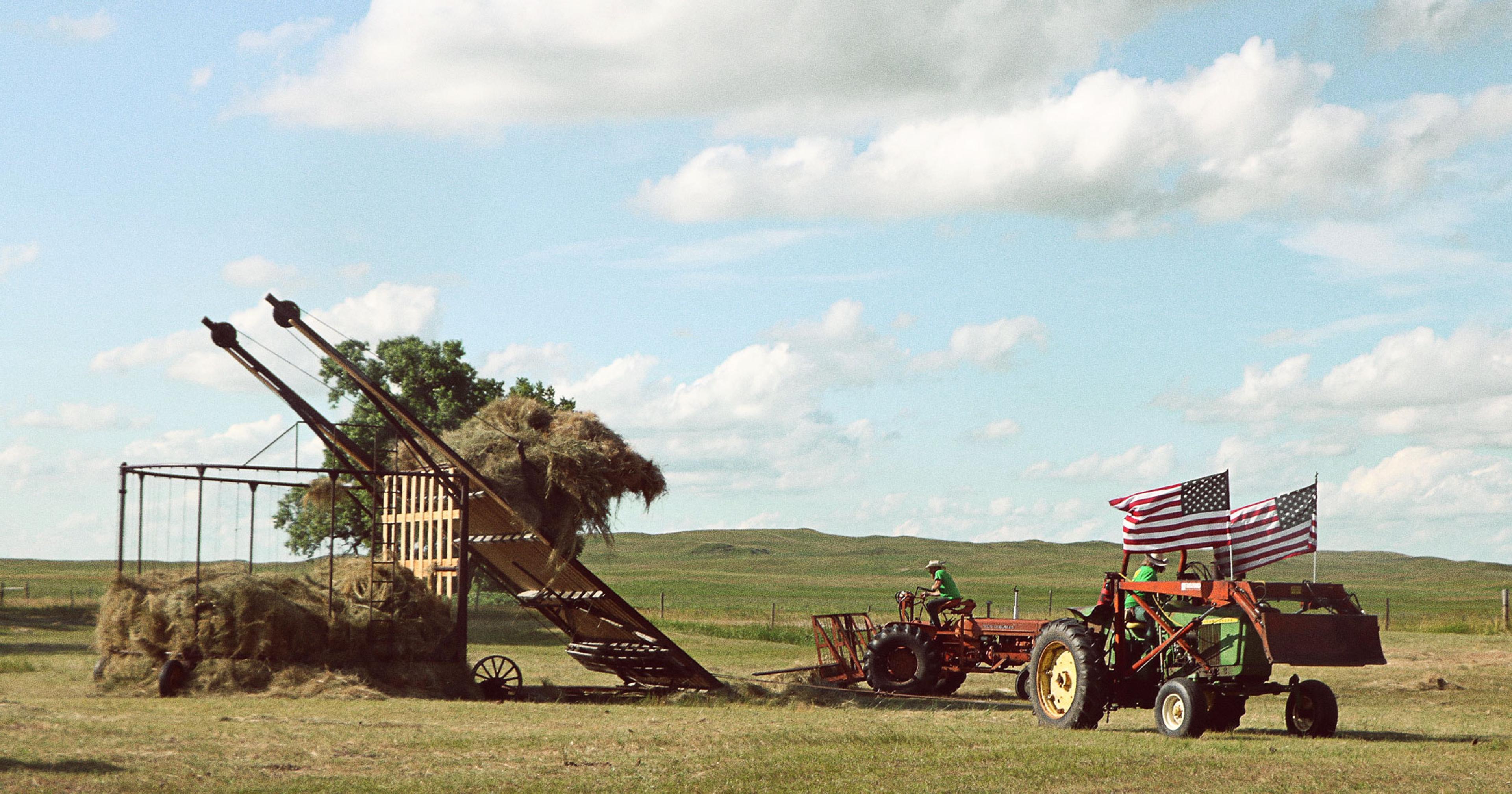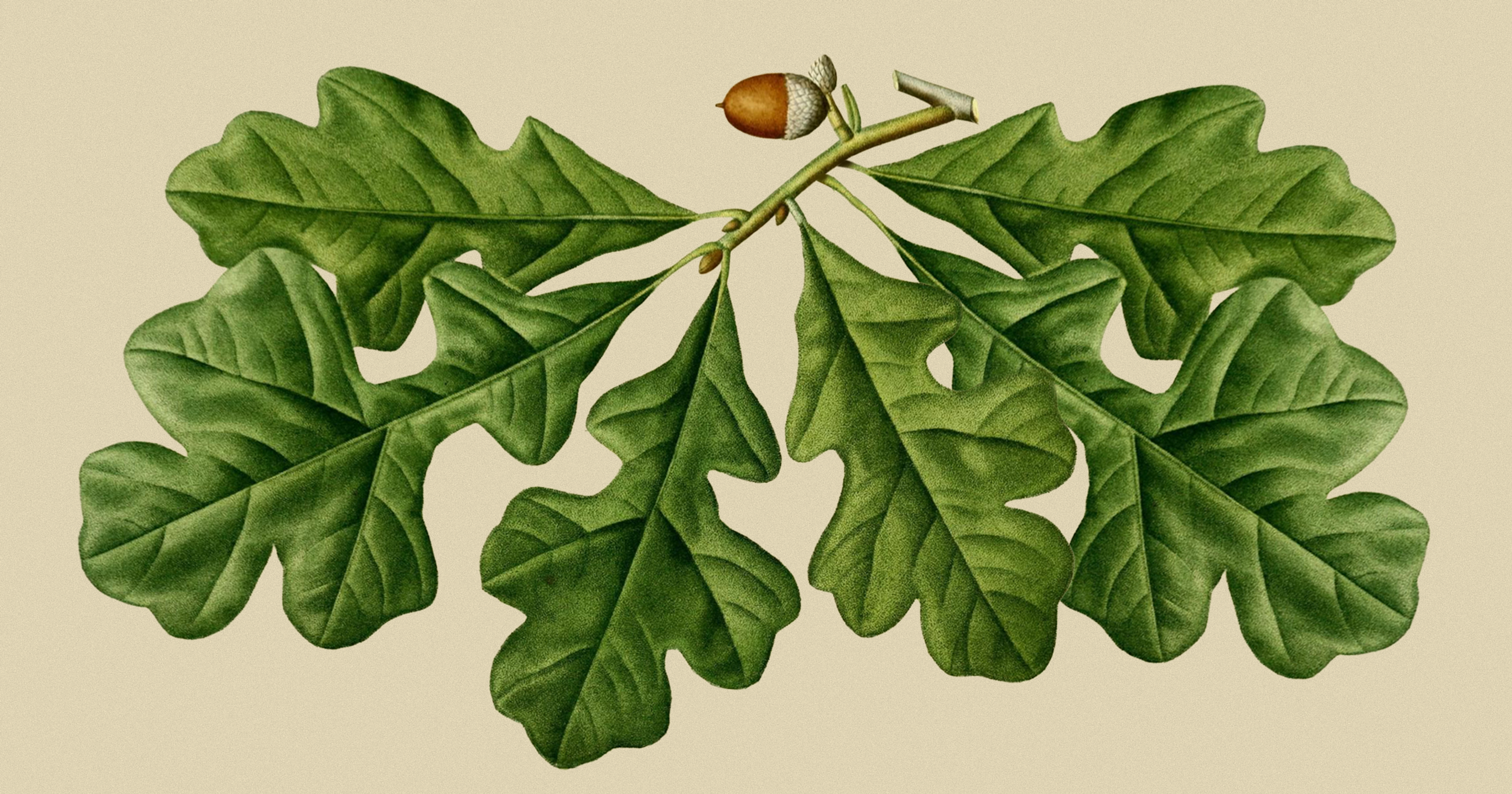Chemical giant Bayer says it might stop making glyphosate. Offrange readers weigh in on what this announcement actually means for U.S. agriculture.
This past March, German chemical company Bayer announced (warned? threatened?) that it might stop making glyphosate, the herbicide in Roundup that the company acquired when it bought rival chemical company Monsanto back in 2018. After having paid $11 billion to settle 100,000 lawsuits from people claiming exposure to Roundup caused non-Hodgkin’s lymphoma and other cancers — and with over 65,000 cases still pending — Bayer is hitching the future of its glyphosate production in the U.S. to the whims of the Supreme Court, from which it seeks protection from further litigation.
A recent MAHA report barely mentioned glyphosate’s potential health risks; nevertheless, the report has troubled (outraged? disturbed?) American row crop groups, which means this controversy probably won’t fizzle out anytime soon. That got us wondering what Offrange’s readers made of the hullaballoo. More than 40 of you weighed in on the matter, expressing opinions that ranged from the pithy (“get rid of it”) to the significantly more nuanced. So here, using your thoughts and experiences as a springboard, we take a dive into the pros and cons of glyphosate; what the most recent science tells us about its human health impacts; and what Bayer’s announcement may or may not mean for the future of the most popular weed killer in the world.
First, as many of you pointed out, glyphosate is not going anywhere anytime soon. Since its patent expired in 2000 — and with it, Monsanto’s exclusive right to use it in products sold here — off-brand formulations for agricultural use, with names like Buccaneer and Killzall, have been widely available at the local farm supply. They’re often cheaper than Roundup, which is also still ubiquitous. “If you’ve got to buy 1,000 acres of product,” said Steve Haring, an agronomist with a new, small cider orchard in central Virginia, “the generic formulations are pretty good.”
What accounts for Bayer’s announcement, then? We asked Charles Benbrook, a pesticide expert and expert witness in litigation against the company. The liability for glyphosate, he explained, will always be Bayer’s — not the companies that make Buccaneer or Killzall — as the inheritor of the former primary manufacturer. To salvage their tanking stock price and protect their other assets, he expects they’ll sell off their production and formulation plants in Iowa and Louisiana, then place all remaining liability into a spin-off company infused with several billion dollars.
That would be used to settle future lawsuits till the funds are gone; the spin-off might then declare bankruptcy or otherwise make it difficult for plaintiffs to collect awarded payments. As Investigate Midwest reported last June, Bayer’s CEO doesn’t deny this possibility, saying he’ll “explore every reasonable option to protect the company and protect our mission from the litigation industry.” The announcement, then, might be seen as a provocation, meant to drum up support.
Offrange reader Haring considers himself a glyphosate “agnostic,” neither strictly pro nor con. He manages his orchard vegetation with a string mower because “baby trees are easy to kill” with herbicides, and he’s not concerned about weeds competing for water. “If I had an irrigation system, with weeds growing on or around the drip lines,” things might be different.
Brent Searle, an organic raspberry, tomato, garlic, and winter squash farmer in eastern Idaho, expressed a similar strain of “meh.” He uses OMRI-approved herbicides on his crops but glyphosate on his three acres of driveway. Organic chemicals, he said, “hit you with a six-times cost” that is “astronomical” for small-scale growers, “and honestly, they don’t work as well. But I see both sides. I know the benefit for farmers, but I’m not convinced that there isn’t a lingering impact on the environment” — in particular, for his honeybees.
“I see both sides. I know the benefit for farmers, but I’m not convinced that there isn’t a lingering impact on the environment.”
Rick Machado, who breeds seeds for experimental crops like sea beets in Bakersfield, California, once “trashed Roundup and the devil Monsanto”… until he got hit with bindweed. “All of a sudden I found myself in a position of needing” the herbicide, he said. “I used it, I kicked myself, but there was nothing I could do.”
Mihail Kennedy is production manager for B Bar, a regenerative organic ranch in central Montana. Where conventional neighbors “burn down the range” with herbicides to obliterate cattle-toxic larkspur, he sees this as “fighting 20 years of overgrazing and not understanding the system.” Weeds pop up in response to poor soil quality in order to “start the mineral cycle again and make nutrients more available to other plants,” he said. Glyphosate chelates those nutrients, binding with them to ensure they remain unavailable. At B Bar, Kennedy said, “Our whole philosophy is managing for life, not with death. We don’t kill any plants” on the range — with glyphosate or anything else. They deal with rangeland weeds by releasing cattle onto mountain pastures later, when larkspur’s not as palatable, and seeding in more diverse perennials.
Jim Smith, an organic farmer and former landscaper, witnessed a comparable dynamic in North Carolina with Japanese knotweed. When this much-reviled plant emerges to restore degraded soil, he said, people “spray it with Roundup and it comes right back” — helping create herbicide-resistant weeds and further trashing the soil. Globally, 56 species of weed are now resistant to glyphosate, driving up use of other, more toxic herbicides; where once GMO corn and soybean seeds were merely Roundup Ready, they’re now increasingly engineered to resist 2, 4-D, dicamba, and glufosinate, too.
The relevance of glyphosate to no-till was top-of-mind for Jeff Stoltzfus, a farm food safety educator at Penn State’s extension. The conservation plan for his own 45 acres connected to the Chesapeake Bay watershed, which is plagued by sediment issues, requires that he use no-till practices. “It’s been a huge soil saver. It’s a huge cost saver,” he said. And he doesn’t see a way to practice no-till without glyphosate. “There’s a couple of other things we could use” to control weeds — 2, 4-D, Gramoxone — “but I’m not sure what the gain would be. Those are not safer chemicals by any stretch of the imagination.” He sees the proliferation of Roundup as a big win for safety. “There’s no herbicide I’d rather use,” he said.
Other Offrange readers concurred. On his 17,000 row crop and hog acres in Henry, Tennessee, the use of glyphosate is 100 percent a given for Jimmy Tosh. It’s helped him control Johnson grass; he’s seen no evidence of weed-resistance on his land; and he believes claims that Roundup causes health issues are “ridiculous,” he said. “Most studies show it to be a safe and effective chemical.“
“There’s no herbicide I’d rather use.”
In a related vein, Mark Nussbaum used glyphosate when he grew Roundup Ready row crops in Girardeau, Missouri, 20 years ago; he uses it now on his 800 acres of hardwood trees. And he said he’ll continue to do so until “there becomes scientifically based, peer-reviewed evidence that glyphosate is harmful.”
Is it true that science hasn’t proven glyphosate has adverse effects on human health? There are a few relevant threads to pull here. As a number of you noted, the vast majority of legal claims against Bayer come from home users. And several others of you remarked that it was the surfactants in glyphosate-based herbicide (GBH) formulations that were responsible for human health concerns. Surfactants help the product to penetrate the weed; they also penetrate human skin.
As pesticide expert Benbrook explained, homeowners and landscapers tend to spray their yards with a handheld wand, with skin exposed. They feel no sickening effects as the product gets absorbed and enters their bloodstream — as opposed to, say, touching atrazine — leading them to believe it’s innocuous. Farmers, on the other hand, “are driving tractors and sprayers with glass and steel cabs [and] sophisticated air filtration systems ... The only time they’re exposed is when they get out of the machine to refill the tanks.”
Had Bayer labeled bottles intended for consumers with guidance to wear chemical-resistant gloves, that would have reduced exposures to what Benbrook called “this terrific herbicide.” In response to lawsuits, Bayer agreed to remove glyphosate from its lawn and garden products back in 2023 — although a 2024 review conducted by environmental group Friends of the Earth found that it remained in some formulations still available on store shelves.
“All of a sudden I found myself in a position of needing [Roundup]. I used it, I kicked myself, but there was nothing I could do.”
There are other health concerns surrounding commercial Roundup formulations, however. These, said Benbrook, pertain to spraying glyphosate as a desiccant on wheat, oats, and barley right before they’re harvested — a practice banned in the EU because it leaves residue on food crops intended for human consumption. Ninety percent of Americans pee glyphosate because of its use as a desiccant, said Benbrook.
And peer-reviewed, non-industry-backed science papers have indeed linked glyphosate to preterm delivery, low birth weight, late-term spontaneous abortions, and neurodevelopmental issues when mothers have been exposed to the chemical. The International Agency for Research on Cancer classified it as a probable human carcinogen in 2015 — a study that Jimmy Tosh, echoing the sentiments of farming groups and U.S. EPA, called “flawed” — but other peer-reviewed studies have since reached the same conclusion. Benbrook said what (partly) accounts for the difference is that EPA used largely industry-commissioned studies in its analysis; and it looked solely at dietary exposures to pure glyphosate, versus IARC’s additional considerations of dermal exposures and formulations.
Earlier this June, the results of a large, global peer-reviewed study, looking at both pure glyphosate as well as two formulations, were released. “[I]ncreased incidence of leukemia, and of skin, liver, thyroid, nervous system tumors were observed across all three treatment groups,” the paper concluded.
“It’s biochemistry and you’re going to get hurt if you’re not careful with it,” said Rick Machado.

